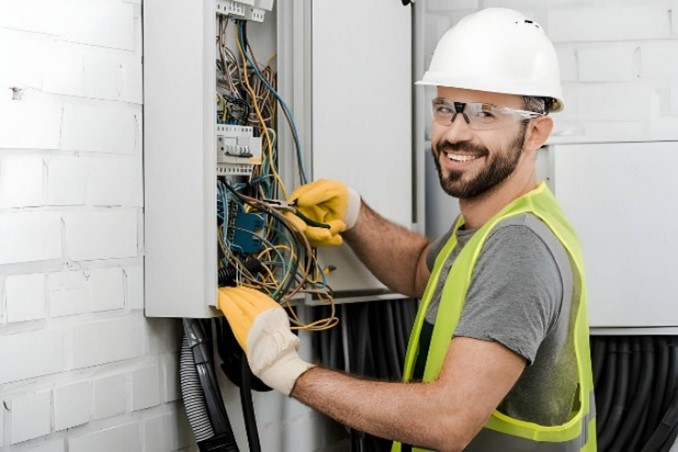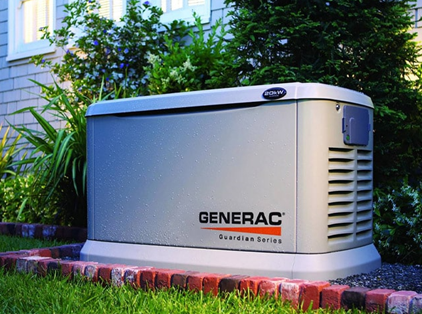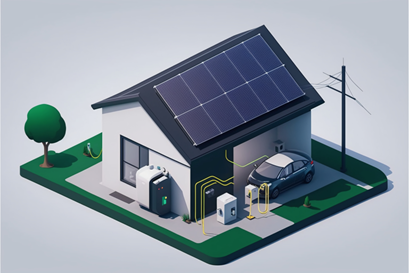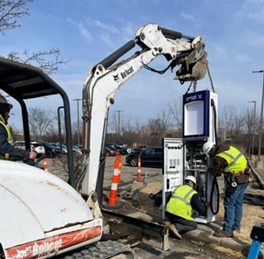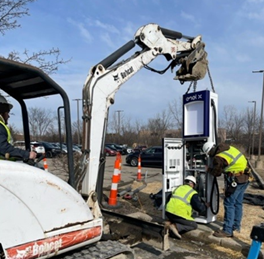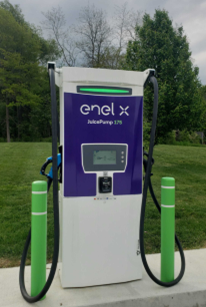The coal industry is poised for further decline following the Environmental Protection Agency’s (EPA) introduction of stringent new emission standards aimed at significantly reducing carbon pollution from coal-fired power plants by 90%. Announced last month, these new rules are part of a broader federal effort to address climate change by curbing the emissions that contribute to global warming. This sweeping regulation is expected to accelerate the closure of most coal plants by 2045, potentially ending an era where coal was a dominant source of electricity.
The Decline of Coal
The decline of coal as a primary energy source has been ongoing, with its contribution to the U.S. electricity mix dropping from about 50% at the start of the century to below 17% today. This shift has largely been driven by the economic advantages of natural gas and the advancements in renewable energy technologies. The new EPA standards mark a significant shift from previous approaches that relied more on incentives and state-level regulations. This federal mandate sets a direct emissions threshold for coal plants, which could fast-track the transition to other energy sources.
Carbon Capture Debate
There are significant technical and economic challenges associated with the transition. One of the critical discussions revolves around carbon capture technology, which the EPA suggests could help coal plants reduce emissions if they continue operations past 2039. However, the feasibility and cost-effectiveness of this technology on a large scale remain contentious. Critics argue that the technology is still not ready for widespread deployment and may not be a viable financial option for many power plants.
EPA Regulations
The EPA’s new rules have sparked a heated debate between climate activists advocating for rapid decarbonization and coal industry supporters who are concerned about the impacts on the electrical grid, utility costs, and coal-dependent communities. More than 8,000 public comments were submitted in response to the proposed rules, reflecting the wide range of viewpoints and the high stakes involved. Republican attorney-generals from 27 states have sued the EPA over the regulations, indicating the contentious nature of the transition away from coal.
Securing a Cleaner Future
Despite these challenges, the EPA remains optimistic about the transition’s benefits, emphasizing that the new rules will improve air quality and public health without disrupting power supply. The agency has engaged with various stakeholders, including environmental justice groups, to ensure that the transition considers the needs of communities affected by the decline of coal. As the industry adjusts to these new regulations, the overarching goal is to ensure a steady shift towards more sustainable and less pollutive energy sources, securing a cleaner, healthier future.
____________
State Electric Company is a leader in the electrification of the nation. Our highly educated and experienced team of professionals uses industry-leading software technology and has partnered with manufacturers to deliver affordable solutions for all your electrical needs. State Electric Co. is also an exclusive distributor of Enel X JuiceBox EV chargers for residential and commercial use. We are fully licensed, insured, and bonded to install charging stations for homes, offices, hotels, and more. With our extensive knowledge of renewable energy, our team provides customers – large or small – with efficient electrical solutions. Contact us today to learn how we can safely and affordably meet your energy needs.
Written by the digital marketing team at Creative Programs & Systems: www.cpsmi.com


